
Hiking Guide to Mount Takao in Tokyo
Mount Takao, located just outside Tokyo, is one of the most accessible and popular hiking destinations in Japan. Known for its beautiful trails, stunning viewpoints, and rich cultural landmarks, Takao-san (as it’s locally known) offers a natural escape from the city with breathtaking views, especially during autumn and cherry blossom seasons. This guide will walk you through everything you need to know for a memorable hiking experience, from trail options and seasonal highlights to the cultural sites and amenities you can explore along the way.
1. About Mount Takao
Mount Takao, standing at 599 meters, is a nature-filled haven that combines outdoor adventure with traditional Japanese culture. Located in Hachioji, just an hour away from Tokyo, it attracts millions of visitors each year who come to enjoy its lush forests, diverse wildlife, and historical temples. Recognized as a Michelin three-star tourist attraction, Takao-san offers hikers a range of trails suited to different levels, as well as the opportunity to experience centuries-old cultural landmarks, such as the famous Yakuoin Temple.
2. Overview of Trails on Mount Takao
Mount Takao features seven well-maintained trails, each offering unique landscapes and challenges. These trails range from relatively easy paved paths to more challenging forested routes. Trail 1, the most popular path, is paved and accessible, making it suitable for beginners. Meanwhile, more seasoned hikers may prefer Trails 3 or 6, which are forested paths that offer a closer connection to nature. For those seeking a tranquil hike, the Inariyama Trail provides a more peaceful ascent with fewer crowds.
3. Highlights of Each Trail
Each trail on Mount Takao offers its own distinct attractions:
Trail 1 – Omotesando Trail
Best for beginners, Trail 1 is the main route leading to the summit and is mostly paved. Along the way, hikers can enjoy several cultural stops, including Yakuoin Temple, and various rest areas. Trail 1 is also known for its scenic spots, including views of Tokyo on clear days and seasonal foliage. Many visitors use the cable car or chair lift to reach midway up the mountain and start the hike from there.
Trail 3 – Katsura Woods Trail
This trail is ideal for nature lovers seeking a quieter, shaded path through Takao’s dense forest. Trail 3 offers scenic spots filled with towering Katsura trees and lush vegetation. Known for its serene environment, it’s a moderately easy hike that offers a close connection with the natural surroundings, making it a good choice for those who want a peaceful escape.
Trail 4 – Suspension Bridge Trail
Trail 4 is a short but scenic route known for its suspension bridge, which offers a unique view of the mountain’s forests. This trail is a bit steeper and is perfect for those looking to add a bit of adventure to their hike without committing to a longer route. The suspension bridge adds an exciting touch and offers unique photo opportunities.
Trail 6 – Biwa Waterfall Trail
Trail 6 is a more natural path that follows a stream and passes by Biwa Waterfall, a site where ascetic monks practice ritual purification. Known for its peaceful and rugged beauty, this trail is slightly more challenging due to its uneven terrain and natural landscape. It’s an excellent choice for hikers looking for an immersive experience in nature and an opportunity to see one of Mount Takao’s hidden spiritual sites.
Inariyama Trail
The Inariyama Trail is a quieter, less crowded path that offers a peaceful and scenic ascent along the ridgeline. With slightly more challenging terrain, this trail is perfect for experienced hikers seeking tranquility. Hikers on the Inariyama Trail are rewarded with panoramic views and a peaceful setting away from the more popular routes.
4. Cultural Sites and Scenic Spots
Mount Takao isn’t just about hiking; it’s also rich in cultural and historical sites that provide insights into Japan’s spiritual traditions. Highlights include:
Yakuoin Temple
Established over 1,200 years ago, Yakuoin Temple is a significant spiritual site dedicated to the deity Izuna Daigongen. Located near the top of Trail 1, the temple is known for its intricate statues, beautiful architecture, and spiritual atmosphere. Many visitors stop at the temple to pray for safety, health, and good fortune, making it an essential stop on a hike up Mount Takao.
Monkey Park & Wildflower Garden
Along Trail 1, visitors can stop by the Monkey Park, which is home to a variety of monkey species, and the adjacent Wildflower Garden, which showcases a beautiful array of native plants and flowers. Both attractions offer a chance to learn about the mountain’s ecology and wildlife, and they provide a family-friendly addition to the hiking experience.
Takao 599 Museum
Located near the base of the mountain, the Takao 599 Museum offers an in-depth look at the mountain’s biodiversity, flora, and fauna. This museum is free to enter and provides interesting exhibits that explain Mount Takao’s unique ecosystem. It’s a great stop before or after a hike for those interested in learning more about the area’s natural environment.
5. Best Times to Visit
Mount Takao is a year-round destination, but certain seasons bring out unique beauty and experiences:
Spring
Spring is cherry blossom season, with sakura trees blooming around mid-April. The mountain’s trails are lined with cherry blossoms, creating a picturesque setting that draws visitors from all over. This is one of the most popular times to visit Mount Takao, so expect larger crowds during weekends.
Autumn
Autumn is perhaps the best time for scenic views, as the mountain is covered in vibrant red, orange, and yellow leaves. From late October to mid-November, visitors can enjoy breathtaking foliage along the trails and at the summit. This season is ideal for photographers and nature enthusiasts who want to capture the beauty of Japanese autumn.
Winter
Winter offers clear views of Mount Fuji, especially on crisp, cloudless days. While it’s colder, winter is a great time for visitors seeking a peaceful hike without the crowds. The trails remain open and accessible, and the serene, snow-dusted landscape provides a unique, tranquil atmosphere.
6. Getting to Mount Takao
Mount Takao is easily accessible from central Tokyo, making it a convenient day-trip destination for both locals and tourists. The Keio Line from Shinjuku Station offers a direct route to Takaosanguchi Station, the starting point for the mountain’s trails. The journey takes about 50 minutes, and trains run frequently throughout the day. Once you arrive, it’s just a short walk to the base of Mount Takao, where you’ll find the cable car and chair lift options for those who prefer a quicker ascent to mid-mountain.
7. Essential Tips for Hiking Mount Takao
To make the most of your visit to Mount Takao, keep these practical tips in mind:
1. Wear Comfortable Clothing and Footwear
While some trails are paved, others can be rugged and uneven. Choose comfortable, weather-appropriate clothing and sturdy footwear for the best experience.
2. Bring Snacks and Water
There are several food stalls along Trail 1, but bringing your own water and light snacks is recommended, especially if you plan on taking one of the less-traveled trails.
3. Plan for Crowds
Mount Takao is a popular destination, especially on weekends and during peak seasons. Consider visiting on a weekday or arriving early in the morning for a quieter hike.
4. Respect Cultural Sites
Yakuoin Temple and other cultural sites along the trails are places of worship. Be mindful of temple etiquette, such as bowing before entering and maintaining a respectful silence.
Mount Takao offers a unique blend of natural beauty, cultural significance, and easy accessibility, making it one of Tokyo’s must-visit destinations for outdoor enthusiasts. Whether you’re a seasoned hiker or just looking for a peaceful day out of the city, Takao’s trails provide an experience that is as enriching as it is refreshing. With this guide, you’ll be ready to explore one of Japan’s most cherished mountains and create memories that capture the essence of Tokyo’s outdoor wonders.
Share
You may also like
-

Visiting Japan’s Love Hotel Districts: What to Expect
Japan’s love hotel districts are famous for their unique and fascinating blend of privacy, creativity, and a touch of...
-

Top 10 Late-Night Dining Spots in Tokyo’s 24-Hour Cafes
Tokyo’s vibrant nightlife extends well beyond bars and nightclubs, with a thriving late-night dining culture tha...
-
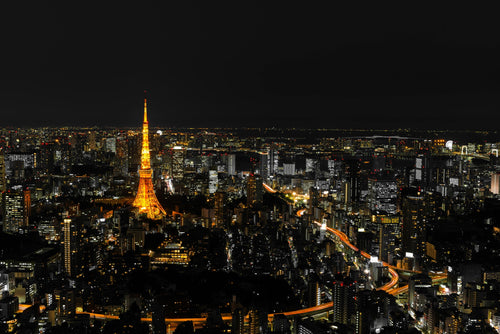
Best Night Tours in Tokyo for After-Dark Adventures
Tokyo’s nightlife is renowned for its energy, vibrancy, and unique blend of traditional and modern experiences. From ...
-
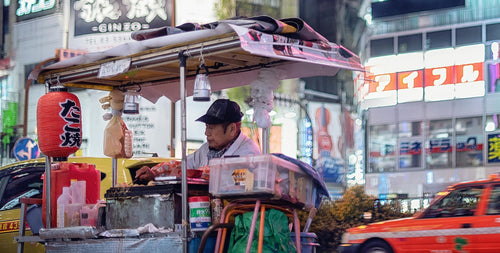
Japan’s Late-Night Food Culture: 8 Best Street Eats
Japan’s late-night food culture is a vibrant experience, especially in bustling cities like Tokyo and Osaka, where de...
-
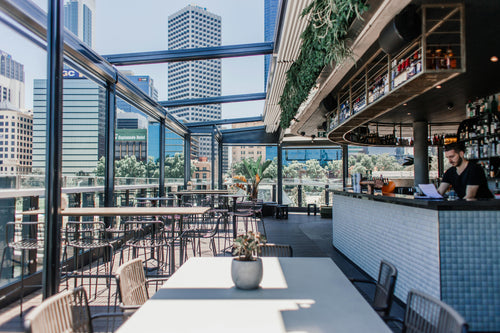
7 Rooftop Bars in Tokyo for Stunning Views
Tokyo’s rooftop bars offer some of the best ways to soak in the city’s skyline while enjoying drinks, atmosphere, and...
-

10 Best Nightclubs in Tokyo for Dancing and Music Lovers
Tokyo's nightlife is renowned for its variety and energy, with nightclubs that range from high-energy dance floors to...
-

8 Themed Bars and Cafes You Need to Visit in Tokyo
Tokyo is famous for its creative and quirky themed bars and cafes, offering immersive experiences for locals and...
-

Tokyo Nightlife Guide: Shinjuku, Shibuya, and Roppongi Highlights
Tokyo’s nightlife is legendary, offering a mix of vibrant energy, entertainment, and unique experiences in some of it...
-
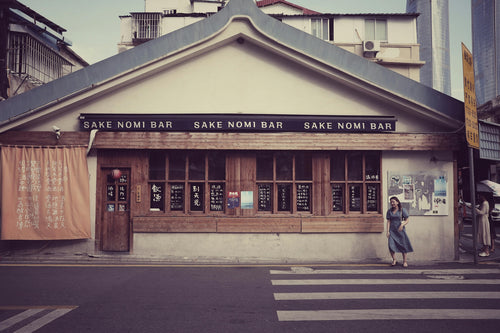
7 Best Japanese Sake Bars in Tokyo
Tokyo is home to some of Japan’s best sake bars, offering both locals and visitors an opportunity to explore the...
-
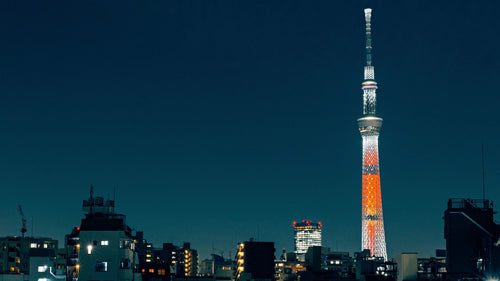
Top 6 Observation Decks in Tokyo for Scenic Views
Tokyo’s observation decks offer some of the best panoramic views of the city, giving visitors a chance to see th...
-
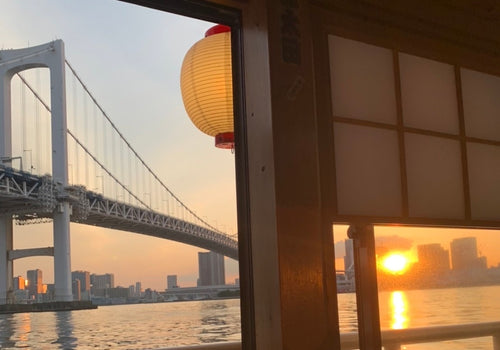
Night Cruises in Tokyo: Enjoy the City Views
Tokyo’s skyline is mesmerizing at any time, but experiencing it from the water on a night cruise adds a magical ...
-
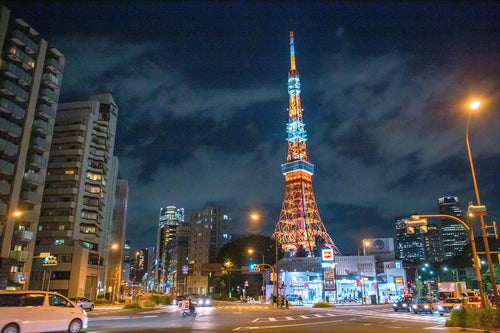
Roppongi Art and Nightlife Guide
Roppongi is one of Tokyo’s most vibrant districts, known for its lively nightlife, sophisticated art scene, and ...
-
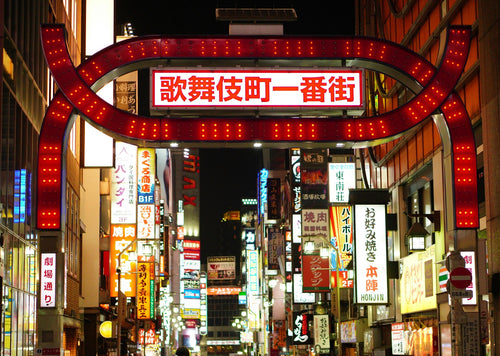
Nightlife Guide to Shinjuku Kabukicho
Shinjuku’s Kabukicho district, known as Tokyo’s “Sleepless Town,” is the center of nightlife in Tokyo. Renowned ...
-
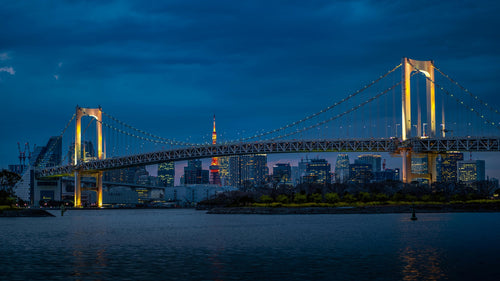
6 Best Night View Spots in Tokyo
Tokyo at night is a breathtaking spectacle, with illuminated skyscrapers, iconic landmarks, and bustling streets that...
-
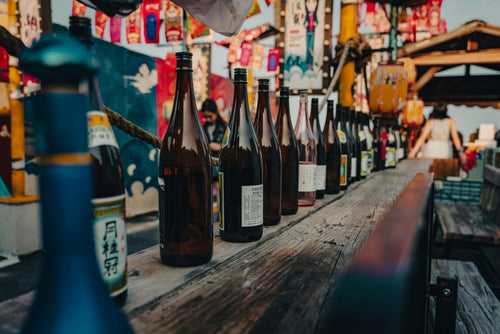
Top 12 Sake Breweries in Japan for Tasting and Tours
Japan’s sake culture is celebrated around the world for its depth, complexity, and rich history. Sake, or nihons...
-
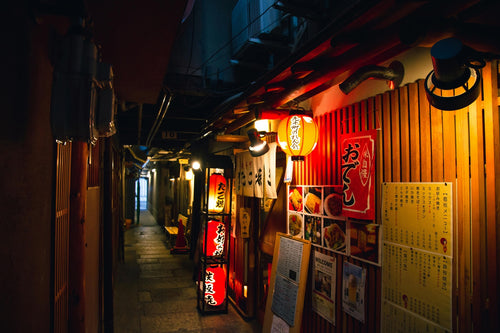
How to Enjoy a Night at a Japanese Izakaya
Japanese izakayas are casual, lively spots where locals gather after work to enjoy drinks, share small plates, a...
-

Exploring Karaoke Culture in Japan: 8 Best Places to Sing
Karaoke is an integral part of Japanese culture, offering a fun and entertaining way for friends, family, and even co...
-
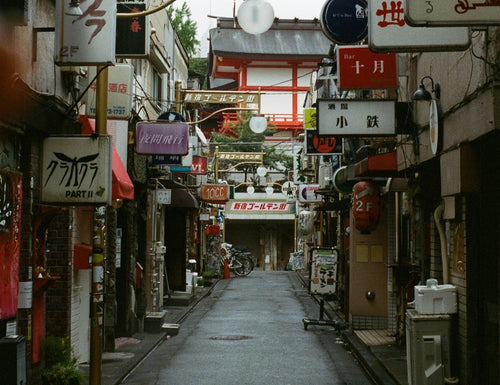
5 recommended bars in Golden Gai
Golden Gai, nestled in the heart of Tokyo’s Shinjuku district, is one of the city’s most iconic bar districts. Known ...
-
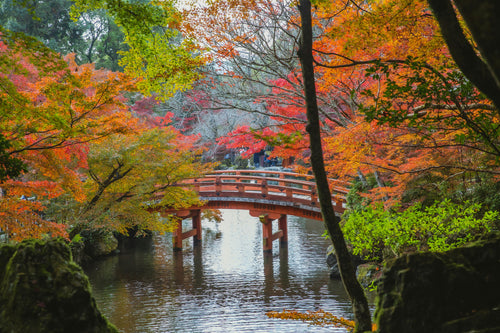
10 Japanese Gardens You Should Visit for Tranquility
Japanese gardens are renowned for their beauty, tranquility, and intricate designs that reflect harmony with nature. ...
-
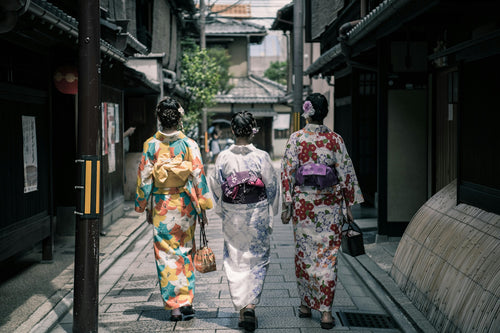
Japan’s Kimono Heritage: Symbolism, Style, and Where to See
The kimono, Japan’s traditional garment, is a beautiful and symbolic representation of Japanese culture. From its int...
-
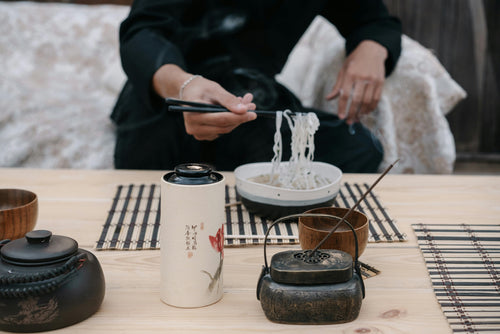
Etiquette Essentials for Visitors to Japan
Japan’s culture is rich in respect, politeness, and consideration, making etiquette an essential part of daily l...
-
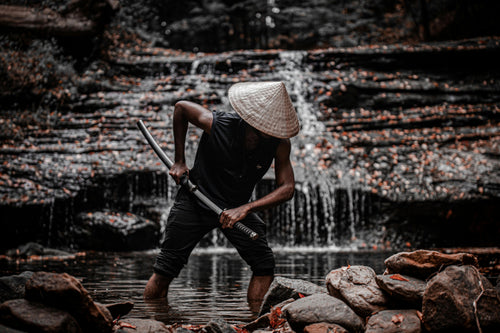
7 Best Places to Discover Japan’s Samurai History
Japan’s samurai history is one of honor, skill, and deep cultural influence, stretching back centuries and leaving an...
-
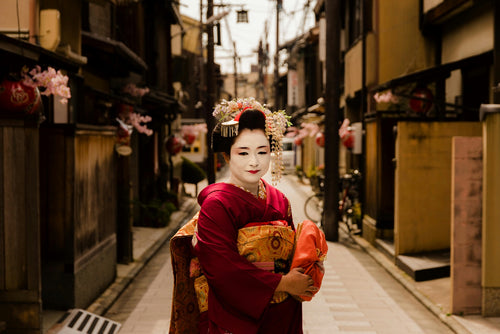
Geisha Culture in Japan: Myths and Realities
The world of geisha, Japan’s skilled performers and keepers of traditional arts, has long intrigued people around th...
-
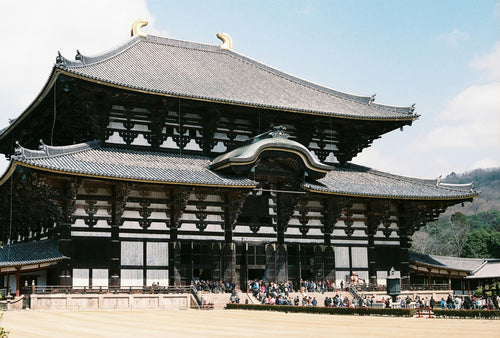
Japan’s Unique Architecture: Top 8 Traditional and Modern Landmarks
Japan is renowned for its unique blend of ancient architectural heritage and cutting-edge modern designs. From c...
-
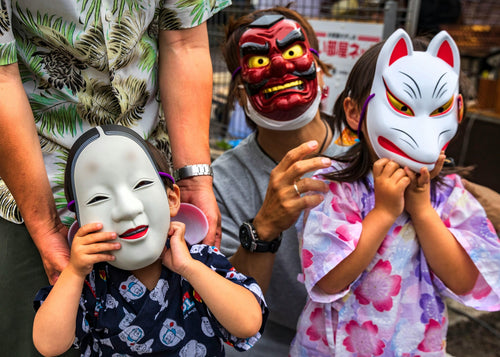
10 Traditional Japanese Festivals (Matsuri) You Can’t Miss
Japanese festivals, or *matsuri*, are vibrant celebrations of cultural heritage, featuring elaborate costumes, l...
-
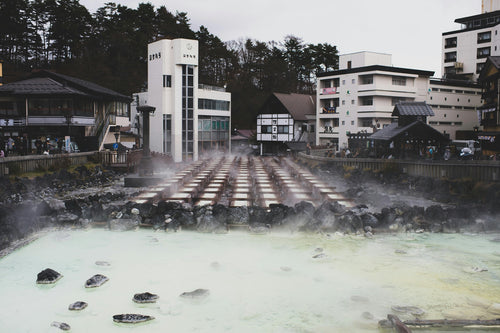
Japan’s Three Great Onsen: A Guide to Famous Hot Springs
Japan is famous for its natural hot springs, or *onsen* (温泉), offering visitors a unique opportunity to relax and rej...
-
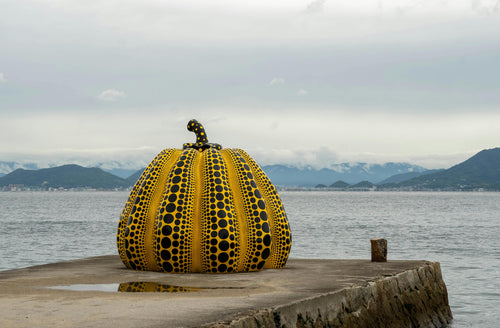
Japanese Art Exploration: Best Spots to Enjoy Art in Japan
Japan is a country rich in artistic heritage, from centuries-old traditional crafts to modern, innovative instal...
-

Guide to Japan’s Fireworks Festivals: When and Where to Go
Japan’s summer fireworks festivals, known as "hanabi taikai" (花火大会), are among the most anticipated events in th...
-
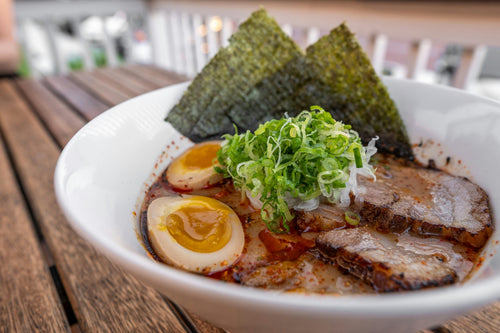
Where to Experience Ramen-Making Classes in Japan
Ramen is one of Japan’s most beloved dishes, with countless regional styles and flavors that attract food lovers from...
-
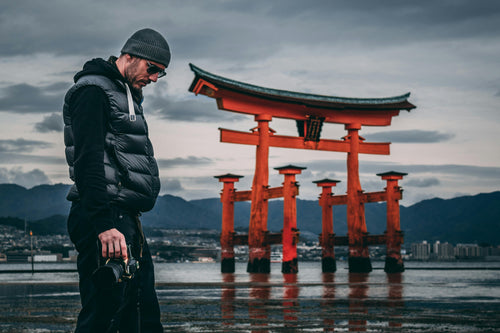
Power Spot Tours: Japan’s Famous Temples and Shrines
Japan is a land steeped in spiritual history, and visiting its temples and shrines provides not only a glimpse i...
-
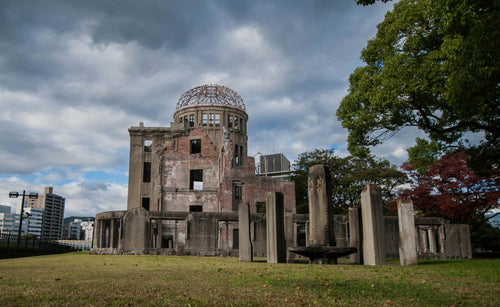
UNESCO World Heritage Site Tour Guide in Japan
Japan is home to numerous UNESCO World Heritage Sites, each offering a glimpse into the country’s rich cultural herit...
-
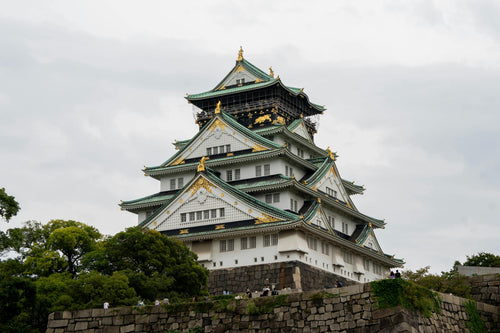
5 Famous Japanese Castles: History and Highlights
Japan is home to some of the most beautiful and historically significant castles in the world. Built during the feuda...
-
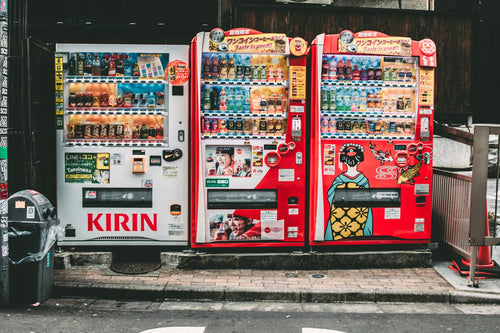
10 Unique Drinks to Try from Japanese Vending Machines
Japan is famous for its vending machines, offering an incredible variety of drinks that go beyond just soft drinks an...
-
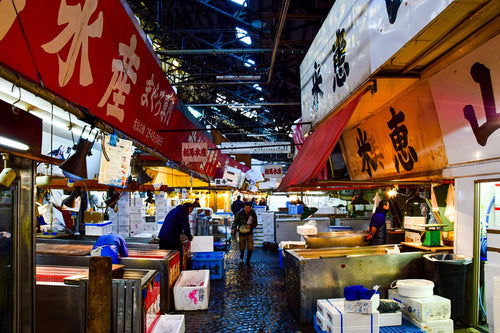
Tokyo Market Guide: Exploring Tsukiji and Toyosu Markets
Tokyo's Tsukiji and Toyosu Markets are must-visit spots for food lovers and anyone interested in Japan’s rich culinar...
-
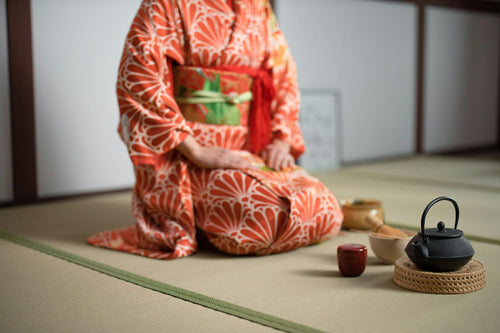
Experiencing Traditional Tea Ceremony in Tokyo
The Japanese tea ceremony, or "chanoyu," is a cultural experience steeped in tradition, aesthetics, and mindfulness....
-
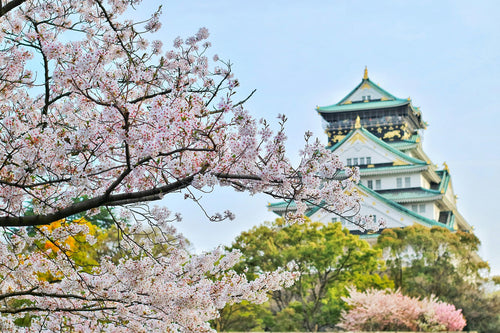
Top 7 Cherry Blossom Viewing Locations in Tokyo
Springtime in Tokyo is synonymous with the cherry blossom season, a breathtaking period when the city’s parks, rivers...
-
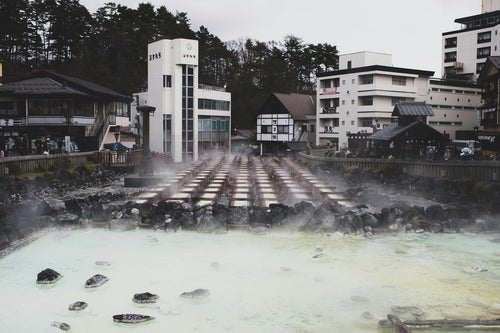
What is Onsen? A Guide to History, Benefits, and Etiquette
Onsen, Japan’s cherished hot spring culture, offers a unique blend of relaxation, scenic beauty, and deep-rooted trad...
-
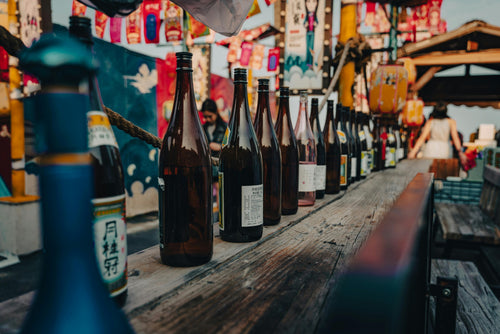
What is Sake? Its Production Method and History
Sake is a traditional Japanese alcoholic beverage made from fermented rice. It has been enjoyed in Japan for over a t...
-
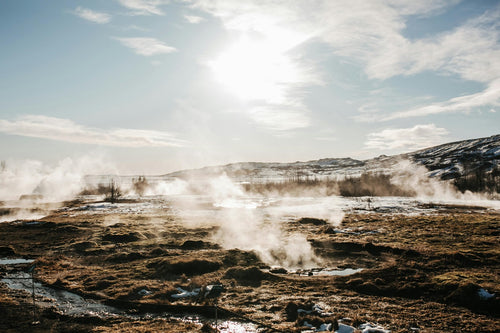
8 hot springs with beautiful scenery near Tokyo
Tokyo is a bustling metropolis, but just outside the city are some of Japan's most serene hot springs, or onsens, off...
-

Top 10 museum to visit in Tokyo
Tokyo is home to a diverse range of museums that cater to all interests, from art and history to technology and pop c...
-
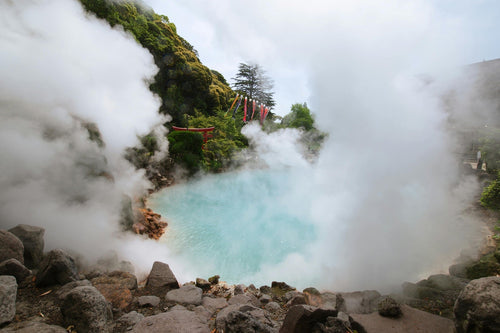
9 Best Hot Spring and Bathhouse in Tokyo
Tokyo is known for its vibrant urban energy, but it's also a fantastic place to relax and rejuvenate in hot springs (...
-
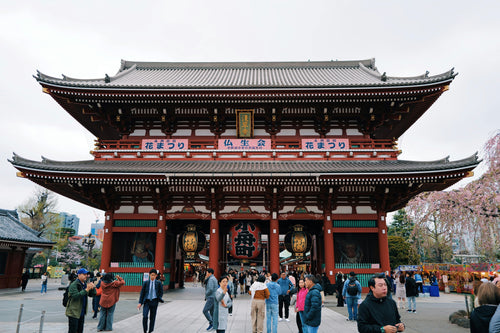
15 Famous Temples and Shrines to Visit near Tokyo
Tokyo and its surrounding areas are home to many famous temples and shrines that showcase Japan's rich spiritual and ...










































